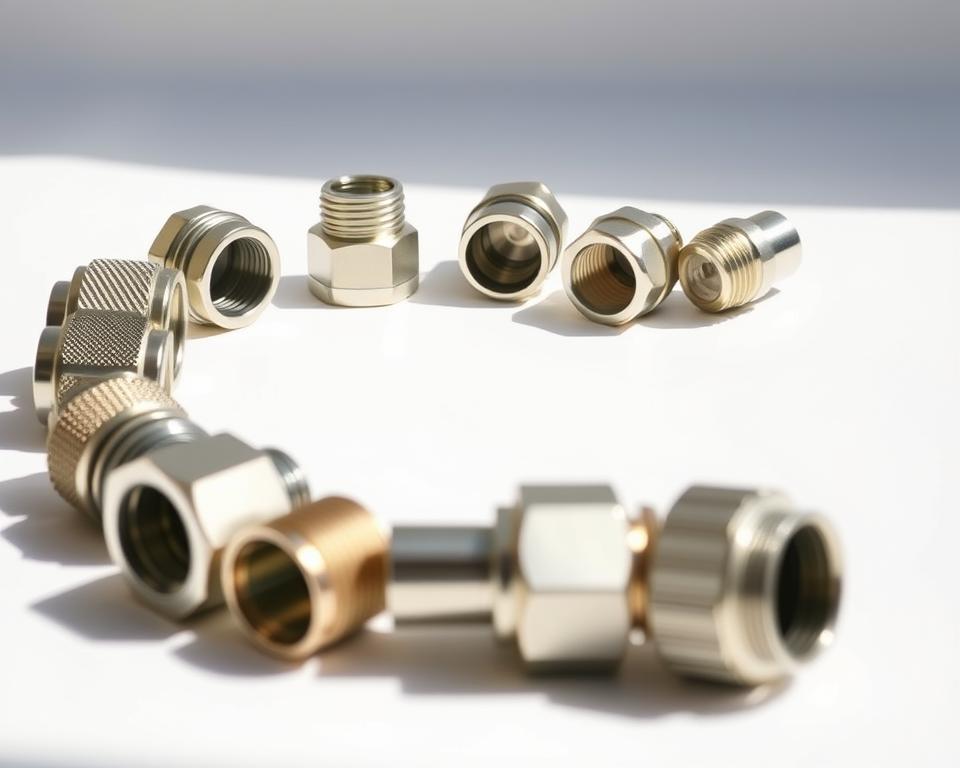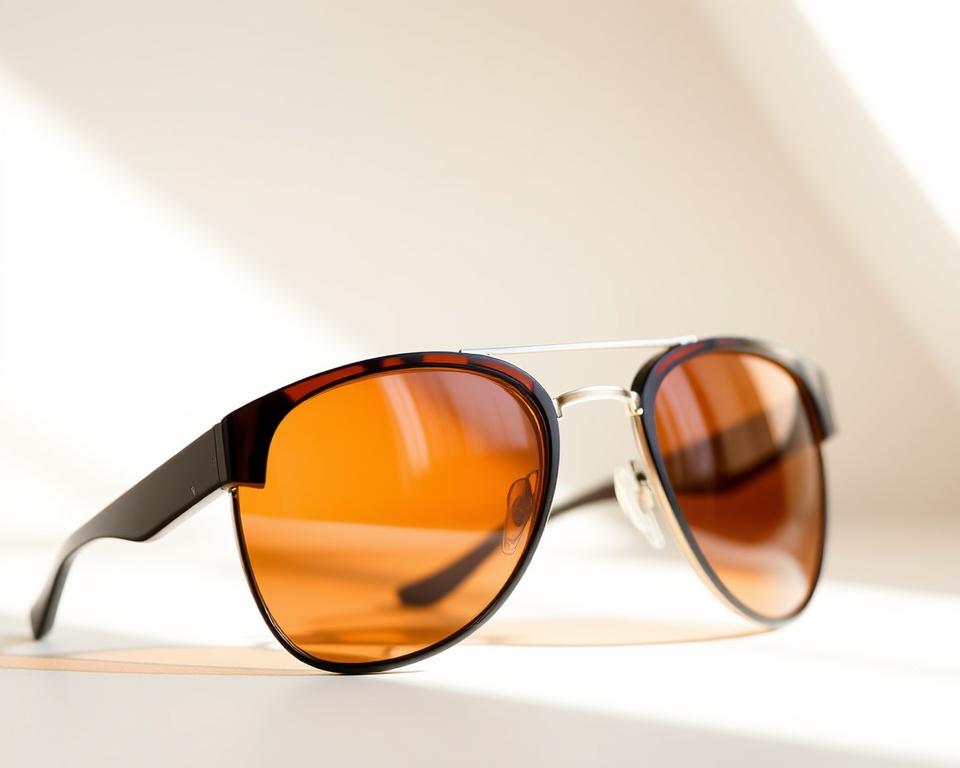Garden Hose Thread Size Guide Demystified
Across America, the widely used garden hose thread measurement is ¾ inch (19mm). This measurement is crucial for both residential and industrial garden tasks. It’s essential to comprehend the details of garden hose threads. Such action affects watering efficiency greatly. The American National Standards Institute (ANSI) has set the standard size at ¾”–11.5 NH (Garden Hose Thread – GHT). Ensuring the proper hose fitting size is essential. It averts seepage and secures maximum water circulation. For gardening tasks, the appropriate equipment is indispensable, and also the requirement to use a garden hose thread size. Understanding your plumbing thread sizes enables property owners to make knowledgeable and advantageous decisions for their garden’s demands.
Noteworthy Points
- The standard garden hose thread size is ¾ inch, commonly employed in multiple contexts.
- Accurately pairing hose and connection sizes averts seepage and improves water distribution.
- Typical domestic hose sizes include ½ inch, 5/8 inch, and ¾ inch.
- Comprehending thread pitch and span is essential for effective hose connections.
- Periodic inspection of attachments is recommended for maximum performance and care.
Understanding Garden Hose Thread Basics
Grasping the essentials of garden hose threads is crucial for optimized gardening and watering performance. These threads permit garden hoses to connect to a range of fittings and accessories through a all-purpose system. In particular, the Garden Hose Thread (GHT) standard permits a stable connection between hoses, spigots, and watering gadgets. This arrangement guarantees a smooth fit within the wider watering setup, essential for coordinating connector sizes precisely.
Definition of Garden Hose Thread
Garden hose threads are designed to ensure a snug fit between hoses and their particular fittings, enhancing widespread compatibility. The ¾ inch GHT is most commonly used, making it a standard size for many garden hoses. A thread size conversion table is extremely useful for choosing the correct fittings for diverse needs. Understanding various hose thread categories, including those for specific hoses, facilitates the process of attaching accessories.
Importance of Thread Size in Water Flow
The diameter of a garden hose’s thread substantially impacts water circulation and its pressure. When thread sizes are properly aligned, the likelihood of leakage—at the potential expense of water intensity and efficiency—is diminished. Erroneous sizes can result in reduced performance, stressing the necessity of consistent compatibility and routine inspections. Checking hose fittings for damage or failure is advised, as such issues can hinder water flow.
Common Garden Hose Thread Sizes
Understanding the various garden hose thread sizes is crucial for the right fit and efficient water flow in your irrigation system. You’ll likely encounter sizes such as ¾ inch, 5/8 inch, and ½ inch. A hose fitting size guide simplifies these differences, aiding gardeners in their choices. It guarantees that their selections satisfy their garden’s requirements effectively.
¾ Inch Garden Hose Thread
The ¾ inch garden hose thread is the primary choice for both home and commercial uses. This size delivers sufficient water circulation, suited for larger gardens and substantial irrigation demands. It’s designed for effortless hand-tightening, eliminating the necessity for implements. According to a measurement guide, over 95% of U.S. garden hoses adhere to this standard, indicating its common acceptance.

5/8 Inch Garden Hose Thread
The 5/8 inch thread strikes a balance between effective irrigation and ease of use. It might not offer the circulation of the ¾ inch, but it’s great for limited spaces and individual plants. This size is particularly handy and more compact, appealing to city dwellers with limited gardening spaces. Being aware of the different connector sizes assists in picking the right hose, enhancing watering efficiency.
½ Inch Garden Hose Thread
The ½ inch thread, though less common, is critical for specific low-volume watering activities. It’s primarily present in less robust hoses and systems where a strong water jet is not required. Selecting the correct hose fitting size prevents problems like drips and suboptimal performance. Frequent checks ensure that your hose connections remain in optimal condition, minimizing water waste.
Garden Hose Thread Size Chart
Grasping various garden hose thread sizes is vital for homeowners who require connecting hoses properly. A garden hose thread size chart is an essential tool, specifying key sizes for easy visualization. It is critical to use the proper fittings. Uneven sizes can result in poor water circulation or damage.
Graphical Overview of Common Sizes
| Type of Thread | Label | Suitability | Application |
|---|---|---|---|
| Garden Hose Thread | GHT | Non-tapered | Residential and business applications |
| National Pipe Thread | NPT | Tapered | Plumbing applications, intense pressure configurations |
| National Fire Hose Thread | NST | Universal fit | Fire suppression gear |
| National Pipe Straight Hose | NPSH | Various combinations | Hose coupling systems |
This table displays the standard thread sizes for garden hose fittings. The sizes predominantly employed are ¾ inch GHT and 5/8 inch GHT. These sizes correspond the well-known hose widths. Being aware of these dimensions helps pick the proper products for efficient garden care.
Quick Reference Guide for Homeowners
- The ¾ inch size is the most common. It matches typical outdoor taps well.
- The 5/8 inch size is adaptable for specific tasks.
- ½ inch is ideal for slim, reduced-pressure jobs.
- It’s wise to periodically inspect hose fittings to avert damage.
- A digital caliper secures precise measurements for a ideal fit.
Assessing Your Garden Hose Thread Size
Accurately measuring your garden hose thread size is essential for a flawless fit. Learning to assess your garden hose’s width ensures you pick the proper fittings for maximum water circulation. This guide will help you in identifying correct sizes for smooth equipment integration.
Required Instruments for Exact Measurement
For exact hose fittings and width measurements, you will need these implements:
- Digital calipers for accurate inner and outer width readings.
- Tape measure for a general size approximation.
- Marker or notepad to jot down measurements.
- Ruler for extra verification if needed.
Detailed Process to Measuring
To determine your garden hose measurement, there are two primary steps: measuring the inner diameter (ID) and the outer diameter (OD). Here are the guidelines for both assessments:
-
Measuring Inner Diameter:
- Widen the digital calipers sufficiently to accommodate within the hose.
- Slide the arms of the calipers into the hose and slowly shut them until they meet the inner walls.
- Record the displayed reading, which is the inner diameter.
-
Measuring Outer Diameter:
- Position the calipers on the hose’s outer edge.
- Tune for a tight fit without over-tightening, which could distort the fitting.
- Note the outer diameter value from the calipers.
Once you have taken these measurements, consult a hose fitting size chart to determine the suitable fittings. Accurately determining your garden hose diameter not only secures compatibility with different nozzles but also preserves efficient water force for your garden’s irrigation requirements.
Various Kinds of Hose Threads
For anyone handling garden hoses, comprehending the different hose thread types is crucial. These types are engineered for targeted tasks, each with its distinct purpose. Garden Hose Thread (GHT) and National Pipe Thread (NPT) are chiefly used. Knowing these helps circumvent issues like leaks due to non-alignment.
Garden Hose Thread (GHT)
In the United States, Garden Hose Thread (GHT) is the custom for garden hoses. It is defined by its non-tapered nature, guaranteeing it doesn’t constrict at the end. You’ll observe most garden hoses include a ¾ inch GHT fitting. This secures compatibility with attachments such as sprinklers and nozzles. GHT’s design emphasizes ease of coupling and disconnection, effectively minimizing leaks and securing a secure fit.
National Pipe Thread (NPT) and Distinctions
Contrastingly, National Pipe Thread (NPT) exhibits a tapered design, rendering it a staple in plumbing. Its tapered form creates a stronger seal, ideal for managing high pressure. Significantly, there are distinct compatibility rules, such as female NPT fittings not matching with male NPSM or NPSH types. For those moving from garden hoses to more rigid plumbing setups, understanding these variations is vital.
| Category of Thread | Identifier | Fit | Purpose |
|---|---|---|---|
| Garden Hose Thread | GHT | Straight | Home and commercial applications |
| National Pipe Thread | NPT | Gradually narrowed | Plumbing uses, intense pressure configurations |
| National Fire Hose Thread | NST | Full male/female compatibility | Fire suppression gear |
| National Pipe Straight Hose | NPSH | Diverse pairings | Hose coupling systems |
Couplers and Fittings for Garden Hoses
Understanding the types of threaded connectors and their roles is essential in operating garden hoses successfully. The correct adapters make sure of a snug fit and ease the change between different sizes or types of threads. Using the right garden hose thread adapters boosts your watering system’s performance.
Types of Threaded Connectors
Diverse threaded connectors are pivotal for garden hoses:
- Reducing Adapters: Essential for linking hoses of diverse diameters, enabling a smooth change from a bigger to a compact hose.
- Enlarging Connectors: They are perfect for connecting smaller hoses to larger devices.
- Fast-Connect Fittings: Facilitate rapid and simple hook-up and release of hoses, ensuring the watering process more efficient.
- Storz Couplings: Their unique design permits connections at any angles, mostly used in firefighting gear.
Appropriate Situations for Adapters
Using garden hose thread adapters is suggested in multiple situations:
- To link hoses of diverse diameters, one needs reducing or expanding adapters.
- If fittings are incompatible due to threading issues, the proper adapter can guarantee a proper fit.
- It’s crucial to examine connections routinely and swap out old fittings with suitable adapters to avert leaks and sustain water flow.
- For easier seasonal hose detachment, quick-connectors significantly ease the process.
To Summarize
For garden lovers, comprehending garden hose thread sizes is essential. A garden hose thread size chart clarifies the selection of necessary hoses and fittings. The ¾-inch garden hose thread, being the standard, provides adequate water flow and intensity for most gardening tasks. Conversely, 5/8-inch and 1/2-inch fittings are engineered for specific, milder watering needs.
Moreover, utilizing the suitable adapters and connectors is essential for a secure, leak-free connection that delivers maximum performance. Consistent care and monitoring of hose fittings are vital for their longevity, preventing leaks that can suppress the gardening spirit. It’s also important for homeowners to choose fittings made of compositions best suited to their garden’s requirements. Whether it’s durable brass, easy-to-handle plastic, or stainless steel that offers anti-corrosive properties, the right material is key.
Installation Parts Supply is ready to supply homeowners with a comprehensive hose fitting size guide. This assists in making knowledgeable decisions for their gardens. By focusing on exact connections, gardeners can improve their watering efficiency. Thus, they’re able to genuinely appreciate their gardening activities.
FAQ
Which is the standard garden hose thread size?
According to the American National Standards Institute (ANSI), the standard thread size for garden hoses is ¾”–11.5 NH (National Hose).
How do I measure my garden hose thread size?
Use a digital caliper or tape measure to determine the inner and outer diameters of your hose and its fittings.
What are the various sizes of garden hose threads?
Garden hose threads are available in three key sizes: ¾ inch, 5/8 inch, and ½ inch. The ¾ inch size is the predominantly used in homes and businesses.
Why is it important to use the correct thread size?
Selecting the right thread size is essential for optimal coupling. It prevents leaks and maintains water flow and pressure optimally.
Identify the main thread types used in garden hoses?
Garden hoses generally employ two thread types: the uniform Garden Hose Thread (GHT) and the narrowing National Pipe Thread (NPT). GHT is commonly for garden hoses, whereas NPT is often used in plumbing settings.
What types of garden hose adapters and connectors are available?
There are multiple adapter and connector options, including those that downsize or expand size and quick-connectors. These implements enable connections between various hose sizes and thread types.
What measures prevent leaks when joining my garden hose?
To avoid leaks, begin by selecting the correct thread size and using proper adapters. Make sure all connections are tightly secured for a secure fit.
What is the metric equivalent for garden hoses?
Metric thread sizes are also offered for hoses and can be aligned using a conversion table for exact fittings.


